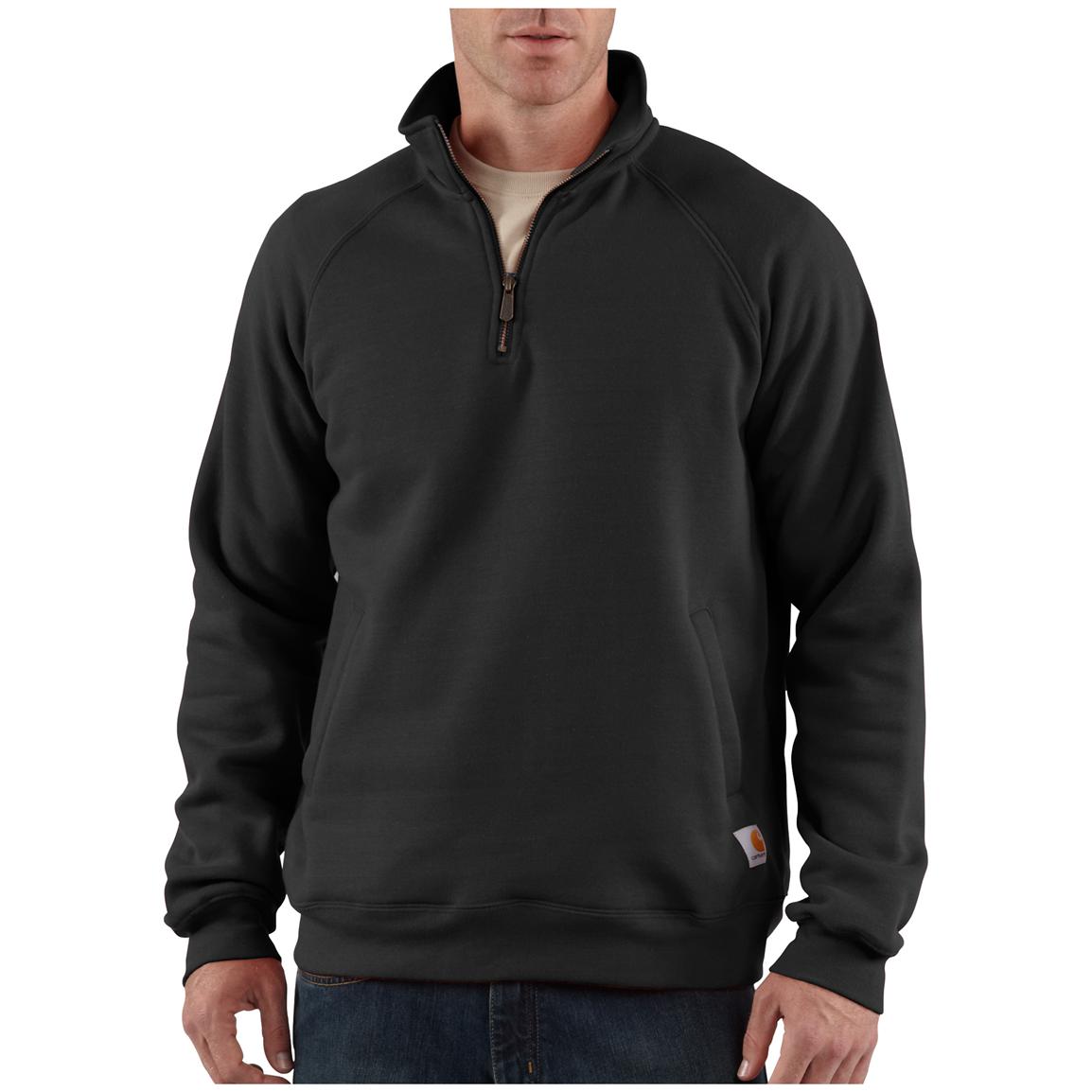sweat shirts are long-sleeved, pullover tops that are composed of thick cotton. They are generally used for casual wear but aren't as formal as sweaters or cardigans. They do not usually have an hood. If you are interested in purchasing a sweatshirt, here are some suggestions:
The Norma Kamali brand spread the appeal of sweatshirts
Since the end of the 70s the Norma Kamali brand has been turning the humble sweatshirt into an art. Her designs have become a staple in almost every woman's closet. Her distinctive styles vary from a tummy-tucking v neckline to leather-paneled sweatshirts. Learn here has also created clothing with unusual forms, such as tanks with an oversized trumpet skirt.
The collaboration between the designer and sweatshirt manufacturer Everlast resulted in her Timeless line, which was a huge hit when it was featured in the Spiegel spring 2006 catalog. The collection featured interchangeable and convertible knits in classic shapes and a lot of pieces were priced under $20. Even even if Norma Kamali's Timeless collection wasn't available in stores, fans were able to find the designs on eBay and Poshmark.

Merino wool sweatshirts feel more comfortable than soft sweatshirts.
Merino wool is renowned for its ability to remove moisture that help keep you dry and comfortable. Merino wool is an organic fiber that has a softer feel. It also drys quickly when compared with other natural substances. In addition, it is a sustainable resource. The merino sheep shed coats every year and regrow new ones.
Merino's weight-to-heat ratio is high, and the warmth of wool is what makes it a popular choice for sweatshirts. It aids in controlling body temperature due to its loft that naturally holds heat in the fibers. This is the reason Merino wool sweatshirts work ideal for summer and outdoor activities like hiking, mountain biking and running. The warmth they provide ensures that the wearer stays well-hydrated and cool, something that is important when exercising.
Zip-front hoodies feature kangaroo pockets.
Kangaroo pocket Hoodies are a well-loved style of hoodie. These hoodies feature a huge pocket in the front, that keeps your hands warm on cold days. They are additionally more practical than conventional pockets as they allow the hands to slide in and out effortlessly.
Kangaroo pockets are typically large enough to fit a wallet or some other small personal items. They're typically long enough to fit one hand in a smaller size and are large enough to accommodate two hands. They feature wide openings on both sides and make them ideal for carrying small objects.
French Terry fabric is a popular fabric for sweatshirts.
The French Terry fabric is constructed of soft yarns knit into loops and is usually medium-weight. It is also renowned as a fabric that wicks away moisture and is pre-shrunk. French Terry is a fantastic choice for sweatshirt s because it keeps you warm when you need it and helps keep you cool when you're trying to cool down.
French Terry is also popular for casual wear, as it has enough stretch and flexibleness to feel great against your skin. It also allows enough air to circulate throughout the fabric, making it ideal for layering underneath other clothing. Additionally, since it is lighter than other sweatshirts that you can wear all year round without feeling too either cold or hot.
Hoodies are classy and have a connotation of class.
While it may seem that hoodies are an appropriate clothing item for working class people, the reality is that they have a classist connotation. The hooded clothing was first popularized in the early 70s New York, where graffiti artists wore them to hide their identities. In 1976 Hoodies made their main film debut in "Rocky," when the working-class title character wore grey sweats with hoods during his famous climb up the Philadelphia Museum of Art.
Hoodies are frequently linked to death, destruction and other negative items, yet they can also be used for practical reasons. For example, monks and priests might wear hoods in order to display the proper manner of dress and to focus on their inner self.
